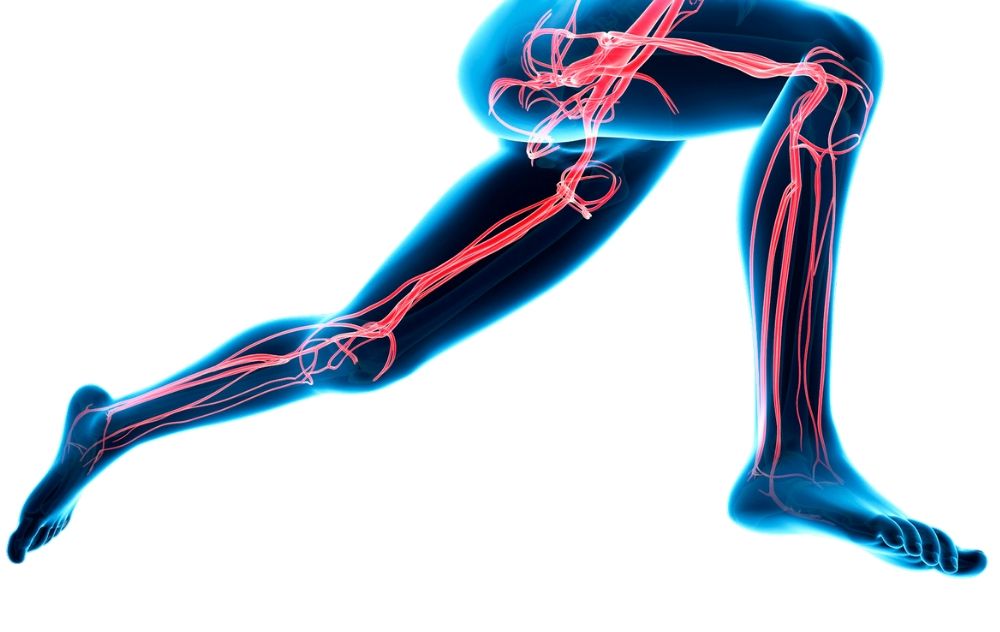The vascular system, also called the circulatory system, consists of vessels that carry blood rich in oxygen and nutrients through the body. Vessels include arteries that carry oxygen and nutrient-rich blood to all body parts from the heart, while veins bring deoxygenated blood and cellular waste to the heart for purification.
There are also tiny vessels called capillaries which are located between arteries and veins which distribute oxygen-rich blood to the body. The vascular system functions as an important component for the respiratory system, digestive system, kidneys and urinary system.
The Vascular System and Health Issues
Vascular disease mainly affects arteries and veins. Most often, it manifests in the form of blockages to blood flow, weakening of blood vessels, and damage to valves in veins. Some organs such as the legs, heart, kidney and brain may be damaged due to reduced blood supply caused by a vascular disease.
Trauma or injury to a blood vessel may lead to inflammation or infection that can lead to narrowing and blockage. Deep Vein Thrombosis (DVT) or blood clots in a deep vein located within the muscles of the leg can also occur from vascular system issues.
It can also cause other conditions such as erectile dysfunction in men, and weakening of the walls of medium-sized arteries, termed as fibromuscular dysplasia.
What is Atherosclerosis?
Atherosclerosis is a common disease of the vascular system which occurs due to the buildup of plaque in arteries. Plaque is made up of fatty deposits and cellular wastes. This condition is mainly caused by the buildup of fatty deposits in the inner layer of the arteries. As it progresses, plaque builds up and reduces blood flow which may eventually become blocked, cutting off blood supply to an organ completely.
Atherosclerosis most often occurs in legs. In case there is a complete blockage, the leg tissue will not receive any blood supply and may die. This condition is known as gangrene and the affected leg portion may need to be surgically cut and removed to save the healthy tissue from infection.
A Multi-Disciplinary Approach to PAD Treatment
Common health conditions that affect the vascular system may involve more than one body’s systems, that’s why specialists in vascular medicine often work closely with other vascular specialists, such as interventional radiologists, to ensure comprehensive care for patients with vascular conditions.
Critical Limb Ischemia (CLI)
In case of severe blockage, a person can develop critical limb ischemia or CLI, which can be difficult to treat. A person with CLI will experience severe burning in the legs, open sores on the feet, leg skin turning pain, and the lower legs becoming numb and cold.
Peripheral Artery Disease (PAD)
Peripheral artery disease or PAD is a common disease of the vascular system which affects 8.5 million Americans above 40.
Below categories of individuals are at an increased risk of developing PAD:
- Diabetic patients (2 to 4 times higher risk)
- High blood cholesterol
- 90% of PAD patients have atherosclerosis
- High blood sugar
- Smokers (2.5 times higher risk)
- African-Americans have 50% higher chances of developing PAD compared to others
- Older adults (especially males) above 50 and having obesity
- 3 to 4 percent PAD patients require amputation
Non-Surgical PAD Treatment
At USA Vascular Centers, we provide non-surgical PAD treatment as an outpatient procedure. If you are struggling with painful symptoms that are affecting your mobility, it’s important to consult with a specialist as soon as possible. PAD is a progressive condition that has the potential to worsen over time, so if you start noticing symptoms, it’s best to discuss them with a medical professional or a vascular specialist.
Our treatment for PAD is non-surgical, outpatient, and covered by most insurance plans. If you are searching for effective, lasting relief from your PAD symptoms, give us a call to schedule an appointment at a clinic near you. If you do not feel comfortable coming in to the clinic at this time, we also offer the opportunity to conduct your consultation virtually, through telemedicine. Give us a call to learn more or to set up an appointment today.

